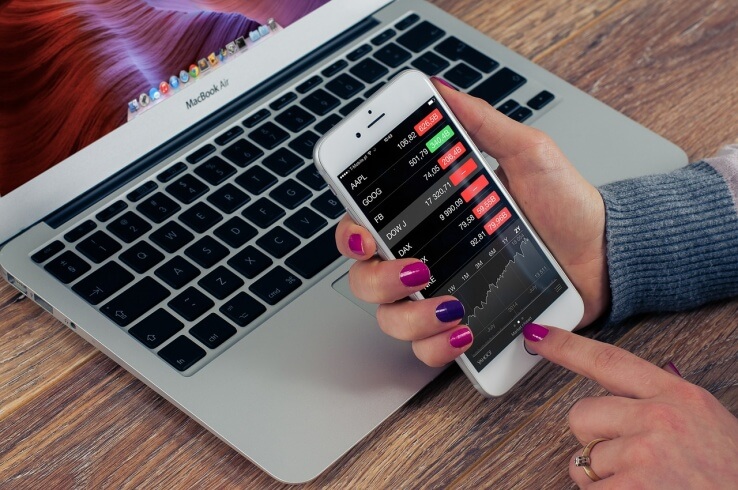Edvancer's Knowledge Hub
Business Analyst and Business Analytics Professional – They are NOT the same! Find out how.

A business analytics professional? You mean a business analyst, right?
NO.
They are not the same.
It’s okay. Many people get confused about these two terms. They are often used interchangeably. Companies and start-ups also seek out a business analyst, when they actually are looking for a business analytics professional. This causes confusion among analytics enthusiasts who are looking to get into business analytics. So I thought I will explain the difference between these two job roles in a simple way.
Let’s get started…
Share this on





Follow us on




Sign up for our business analytics certification program
Who is a business analyst? The International Institute of Business Analysis (IIBA) defines Business Analysis as the discipline of identifying business needs and determining solutions to business problems. Conventionally, a business analyst coordinates between the technical team and the client. The client could be either external, with requirements to solve a specific problem, or the internal team that needs to work with the technical team. The technical team has the capability to either build a product or deliver a service. The business analyst ensures that the product or service delivered by the technical team meets the current requirements of the client. He/she collaborates with the internal and external stakeholders in the design and implementation of the product or service. Who is a business analytics professional? As you must have realized by now, a business analyst doesn’t have much to do with data and is more concerned with functions and processes. On the other hand, a business analytics professional is mainly concerned with data and reporting. Here are three basic elements that separate a business analytics professional from a business analyst:- Programming skills
- Bank A receives an influx of loan applications. A business analytics professional will build and apply a model to provide a recommendation on which loan applications the bank should lend to.
- If a home-goods manufacturer wants to predict expected profits from a catalogue launch, an analytics professional will apply a framework to work through the problem and build a predictive model to provide results and a recommendation.
Manu Jeevan
Manu Jeevan is a self-taught data scientist and loves to explain data science concepts in simple terms. You can connect with him on LinkedIn, or email him at manu@bigdataexaminer.com.
Latest posts by Manu Jeevan (see all)
- Python IDEs for Data Science: Top 5 - January 19, 2019
- The 5 exciting machine learning, data science and big data trends for 2019 - January 19, 2019
- A/B Testing Made Simple – Part 2 - October 30, 2018
Follow us on
Free Data Science & AI Starter Course

